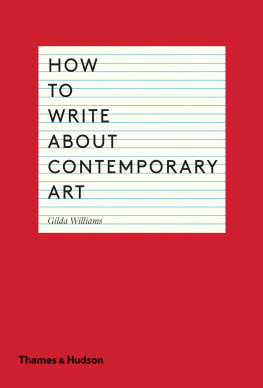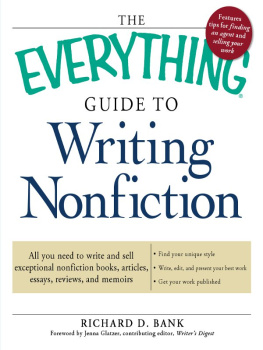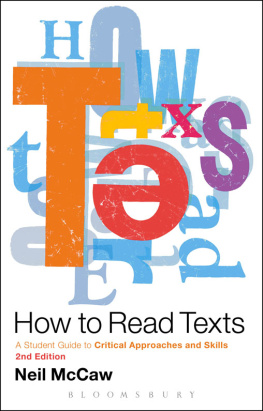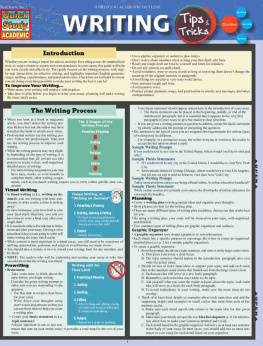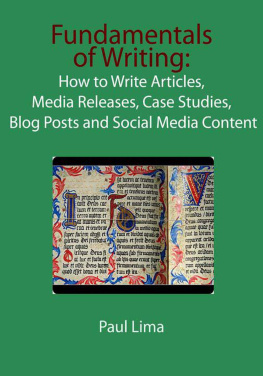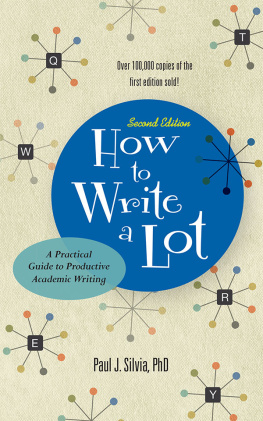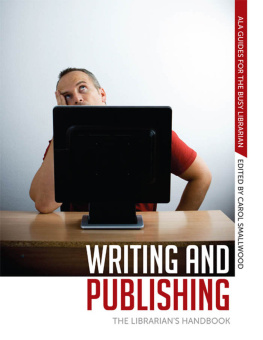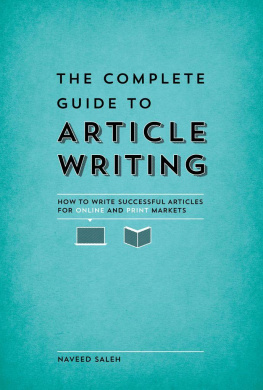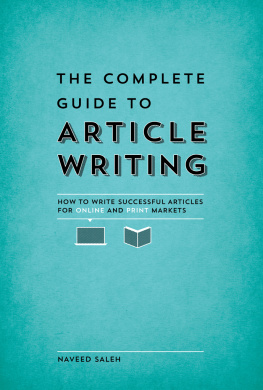
Dedicated, with much love and a big thank you, to Steve Ruggi.
In memory of Callie Angell, 19482010
Special thanks to the following, who read draft chapters and gave me their valuable comments: Sally OReilly, Marina Delaney, Tamsin Perrett, Jacky Klein, Madeleine Ruggi, Edgar Schmitz, Marcus Verhagen, Andrew Renton, Naomi Dines, Iwona Blazwick, Richard Noble, Lisa LeFeuvre, and Simon Sheikh.
Acknowledgments: Claudia Aires, David Batchelor, Jenny Batchelor, Giovanna Bertazzoni, Ele Carpenter, Tom Clark, Becky Conekin, Jonathan Lahey Dronsfield, James Elkins, Ian Farr, Stephen Friedman, Anne Gallagher, Adrian George, Cornelia Grassi, Caro Howell, Jemima Hunt, Phyllis Lally, Eleanor Marshall, Tom Morton, Gregor Muir, Hana Noorali, Jill Offman, Elvira Dyangani Ose, Barnie Page, William Paton, Claire Pauley, Andrea Philips, Aude Raimbaud, Gary Riley-Jones, Lucy Rollins, Alex Ross, Barry Schwabsky, Adam Smythe, John Stack, Kate Stancliffe, Valerie Steele, Julia Tarasyuk, Amy Watson, Celia White, and Catherine Wood.
I am grateful to all the writers, artists, translators, and photographers whose work appears in this book, with particular thanks to Sarah Morris.
The advice herein is solely the opinion of the author and does not express the policy of any institution or publisher. These suggestions may differ from the guidelines of employers, universities, museums, or any other group or institution, which should be followed in the first instance.
Every effort has been made to trace the copyright owners of the images and, where necessary, the textual quotations contained in this publication. We apologize for any unintentional omissions and would be pleased to insert an appropriate acknowledgment in any reprint.
About the Author
Gilda Williams is a London correspondent for Artforum and lecturer at Goldsmiths College and Sothebys Institute of Art, London. From 1994 to 2005 she was Editor and then Commissioning Editor at Phaidon Press. She is a former managing editor at Flash Art International and her writing has appeared in Tate Etc., Parkett, Art Monthly, Art in America and Time Out. Williams is author of The Gothic (2007) and has contributed to catalogues for exhibitions at the Whitechapel Art Gallery, London, the 48th Venice Biennale and the Stedelijk Van Abbemuseum, Rotterdam, among others.
Other titles of interest published by
Thames & Hudson include:
100 Works of Art That Will Define Our Age
Art Since 1900: Modernism, Antimodernism, Postmodernism
The Books that Shaped Art History: From Gombrich and Greenberg to Alpers and Krauss
Commissioning Contemporary Art: A Handbook for Curators, Collectors and Artists
Styles, Schools and Movements: The Essential Encyclopaedic Guide to Modern Art
See our websites
www.thamesandhudson.com
www.thamesandhudsonusa.com
Contents
The greatest thing a human soul ever does in this world is to see something, and tell what it saw in a plain way.
JOHN RUSKIN, 1856
Instinctively we know there is no formula to any kind of writing , so How to Write About Contemporary Art seems at first an impossible book title. Even if you follow to the letter every suggestion gathered here, and try earnestly to write well about art, the truth is that anybody who ever succeeded invented their own way. Good art-writers break conventions, hold a few sacrosanct, innovate their own. They measure their limits by instinct, not by rote. Mostly they learn by seeing miles of art, and reading good literature in bulk. There is no substitute, for a writer, for possessing a natural ear for language; a rich vocabulary; a flair for varied sentence structures; an original opinion; some arresting ideas to share. I can teach you none of that. Finally, no book can teach you to love art. If you dislike contemporary art, put this book down right away. It is not for you.
Art in the 21st centuryonline and offis experiencing a phenomenal boom, with the demand for written accompaniment raised to fever-pitch. Museum and art fairs boast ever-spiralling visitor numbers and expansions, while new art schools, specialized MA programs, international biennales, commercial galleries, art services, artists websites, and gargantuan private collections seem to gain ground every day. Every role in the expanding art universe demands its own class of art-copy , whether aimed at artists, curators, gallerists, museum directors, bloggers, editors, students, publicists, collectors, educators, auctioneers, advisers, investors, interns, critics, press officers, or university lecturers. A worldwide virtual audience now absorbs art primarily through on-screen text-and-image, and artworks created by the youngest generation of post-postmodern, post-medium, post-Fordist, post-critique artists require decoding even for specialists.
As the readership swells and the need for communicative art-writing skyrockets, we notice thatalthough some art-texts are well-informed, imaginatively written, and genuinely illuminating much contemporary art-writing remains barely comprehensible . Banal and mystifying art-writing is a popular target for ridicule; scrolling through yards of unfathomable verbosity on Contemporary Art Dailyan art-information website with an open-submission policyI too despair at what passes for plausible art-language. However, having taught and edited art-writing for years, I also hear the strain of raw inexperience behind these indecipherable texts. Odds are these struggling authors have been tossed into the art-writing deep-end without any help in navigating their difficult task: translating visual experience into written language . Make no mistake: for most newcomers, that job does not come easy . The purpose of this book is to provide some guidance to the art-writing noviceand perhaps offer the experienced writer a refresher as well.
In my opinion, contrary to popular belief, most indecipherable art-speak is not written for the purpose of pulling the wool over non-cognoscentis eyes. On occasion art-impenetralia is penned by a big name, attempting to mask undeveloped ideas behind slick vocabulary or hawking substandard art; but the worst is often written by earnest amateur art-writers, desperately trying to communicate. Art-writing is among this industrys poorest paid jobs; this explains the fault-line running through the art-world, whereby fairly advanced art-writing tasks are assigned to its least experienced and recognized members. The cause of much bad art-writing is not so much pretentiousness, as is commonly suspected, but a lack of training.
Writing well about art is an intensely skilled job, yet even top art-writers salaries pale next to successful artists and dealers. Four digits count as big money on the art-writing circuit. Usually people get what they pay for, and much art-writing is barely remunerated. The writers of the much-maligned and often inscrutable gallery press releaseswhich to me read like cries for help from the industrys hard-working junior ranksrarely even benefit from the input of a professional editor. Routinely these raw texts are blithely distributed online in all their first-draft glory. A common misconception can emerge that because some art-texts seem meaninglessbecause their writers are wrestling with clear expressionso too must be the art. If theres one single best reason to learn to write well about art, its because good art deserves it. And sharp art-writing can make art-viewing all the better.
While I cannot correct lopsided pay scales, I canfor the benefit of those attempting this satisfying but underrated taskshare everything I know. Having spent a quarter of a century professionally writing, editing, commissioning, reading, and teaching contemporary art-writing, I have reached the following paired conclusions:
Next page
